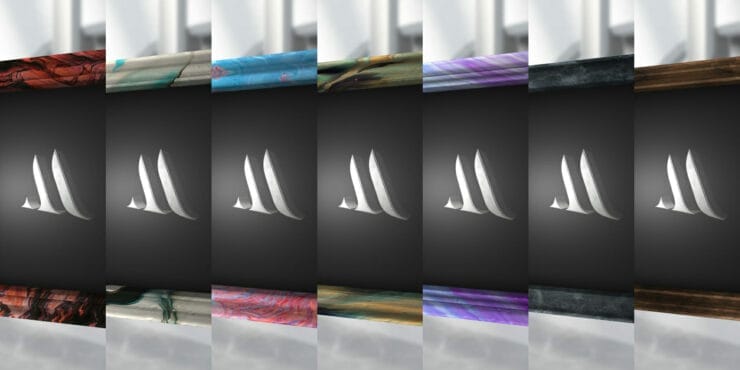NFTs are transforming the way artists retain ownership of their work. This level of autonomy is a key component of decentralization, web3, and the metaverse. NFTs are also opening up new possibilities when it comes to distributing, collecting, and simply appreciating art. Many, like the team behind the world’s first decentralized NFT museum, Musee Dezentral, believe that metaverse experiences are the future.
“Musee Dezentral is a place where people can come and experience NFT art in a way that is similar to a museum, without some of the limitations of traditional museums,” explained Musee Dezentral team member, Aaron Cunningham.
“Our whole team has a long history of building immersive browser-based metaverse experiences. We really believe in the power of NFTs to decentralize art; however, we saw a need to create a place where NFT art could be elevated beyond just viewing it on your PC or smartphone.”
The three-story virtual museum will house 222 unique NFT frames. Some of the rarest frames possess exclusive utilities, such as the ability to adapt the frame’s color to match the NFT displayed inside it. Because NFT frame owners can generate passive income by renting their frames to artists who wish to display their work, having a fair shot at minting the most in-demand frame is a pivotal part of the process.
To ensure minters have a fair chance of receiving a rare frame, Musee Dezentral integrated Chainlink VRF as a tamper-proof source of randomness.
“When building a decentralized project, there are so many angles that you need to look at to ensure it’s truly decentralized,” Cunningham explained. “We needed to ensure that we could provide true randomness, and Chainlink VRF was our first choice to solve this problem.”
Randomness is essential to NFT art because it introduces rarity, entropy, and materiality to digital realms. “Randomness allows developers to create really amazing NFT projects that can be fairly distributed, which is very important to decentralization,” Cunningham said.
In his view, the beauty of spaces like Musee Dezentral is their accessibility. “It was important for us to create a massive cultural metaverse that is available 24/7 to anyone in the world who has access to the internet,” he said.
It may have been difficult or even impossible to imagine NFTs’ exploding popularity just a few years ago. Though many say the metaverse is already set in motion, Cunningham sees a future that’s so boundless it defies imagination.
“We are sure that even our wildest dreams of what is to come will grossly underestimate its true potential,” he said. “Now that this technology is available to artists and visionaries, we will have to wait and see what amazing ideas flower from this fertile soil.”
To learn more about Musee Dezentral, visit their website, Twitter, and Discord.


